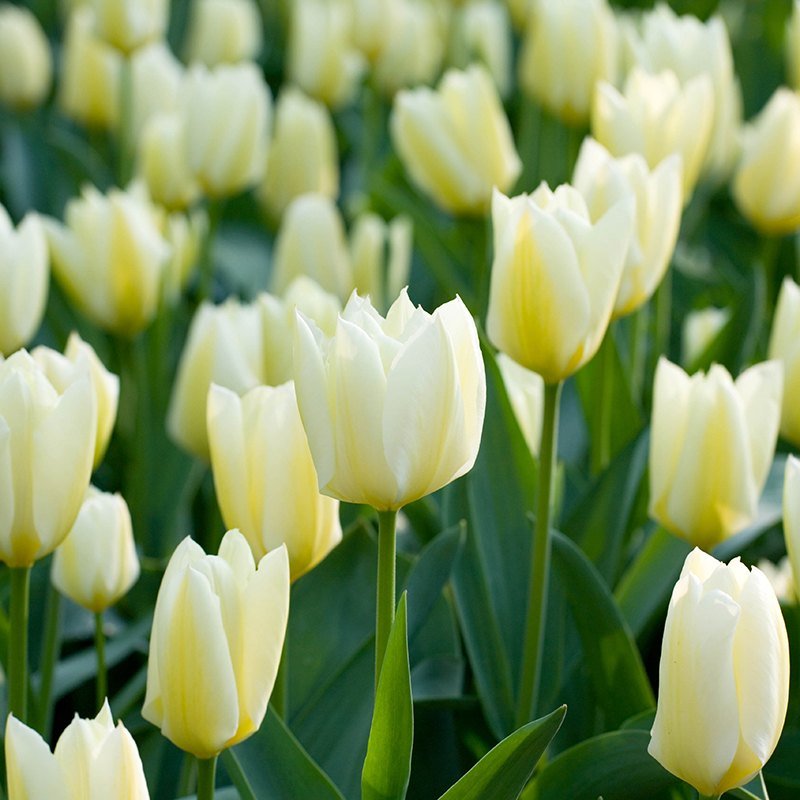The Passionate History Of Tulips
Credit: Aaron Burden
"Flowers heal me. Tulips make me happy." – Rebecca Wells.
As Spring rolls into warmer days and lighter nights, you won't have to look far to be able to appreciate an array of beautiful tulips as they reach the peak of their season.
In the UK and beyond, tulips symbolise fame, love, passion, the perfect lover, and romance, with each colour representing special meanings, from the red of love to the deep purple of royalty. The tulip has also symbolised wealth for many centuries.
But it is in its remarkable history, that we can fully understand our love affair with this symbolic and resilient bulb.
Origins in the heart of Turkey
Many people don't know that the tulip originated in Turkey. It was initially a wildflower growing in Central Asia and was first grown by the Turks as early as 1000AD. The name 'tulip- the lale in Turkish' originally came from the Turkish word for turban.
Mania in Turkey struck in the 16th century, at the time of the Ottoman Empire when the Sultan demanded the cultivation of particular blooms for his pleasure.
In accordance with a story, Sultan Ahmed III first gifted tulips to important guests, such as Ogier Ghiselin de Busbecq, the Viennese ambassador to the Ottoman Empire in Austria. It is believed that Ogier Ghislain de Busbecq introduced tulips to the Netherlands around 1578.
This beautiful, elegant flower caused a new and vital era in Ottoman history, called The Tulip Period, Lale Devri, between 1718 and 1730. This period saw a flowering of arts, culture and architecture. Compared with the earlier classical style of Ottoman architecture, architecture and decoration in this period became more elaborate and favoured floral motifs, influenced by the Baroque style in Europe. An iconic example is a The Fountain of Ahmed III built in 1728 in front of Topkapı Palace in Istanbul, one of many fountains and sebils constructed in this period.
We truly understand why tulips are the national flower of Turkey.
An Emblem of Holland
For many, the tulip is emblematic of Holland, brought on by the frenzied 'tulipomania' which engulfed the country in the early 17th-century. Tulipomania saw tulips become a symbol of wealth amongst the more affluent classes, and the mania reached a peak when one bulb could be traded for more than a merchant's house. The bubble burst after three years, but the love affair with tulip stays until the present day.
The Divisions of Tulips
Various varieties like daffodils and tulips are separated into different divisions defined by the characteristics of their flowers or when in Spring they start to bloom. There are 15 in total, and they include Lily-flowered, Rembrandt, Viridifilora, Parrot and Darwin hybrid groups.
Our Favourite Tulips
Dates For Your Diary
Istanbul Tulip Festival 2022 | 1 - 30 April | Turkey
Tulip Festival at Morton Hall | 30 April - 2 May | UK
Hampton Court Palace Tulip Festival | 12 April - 2 May | UK
Tulip Festival Amsterdam | 24 March - 15 May | Holland
Keukenhof Tulip Gardens | 24 March - 15 May | Holland













